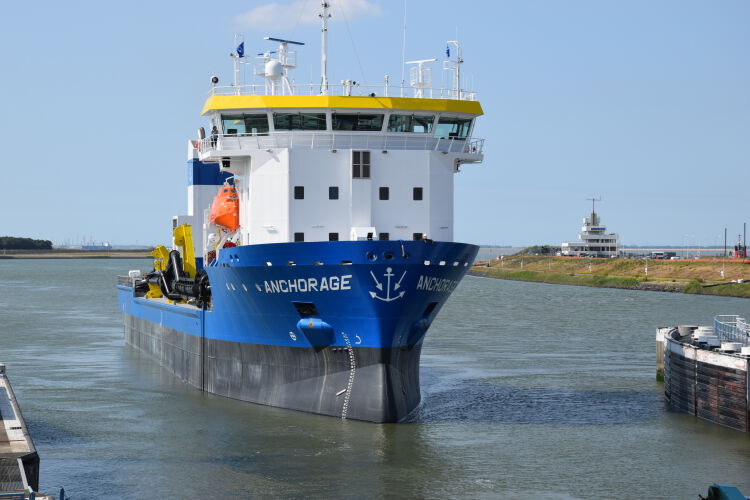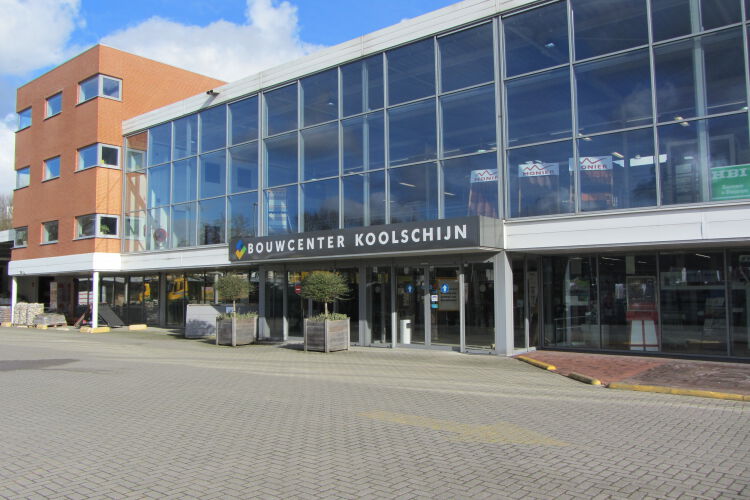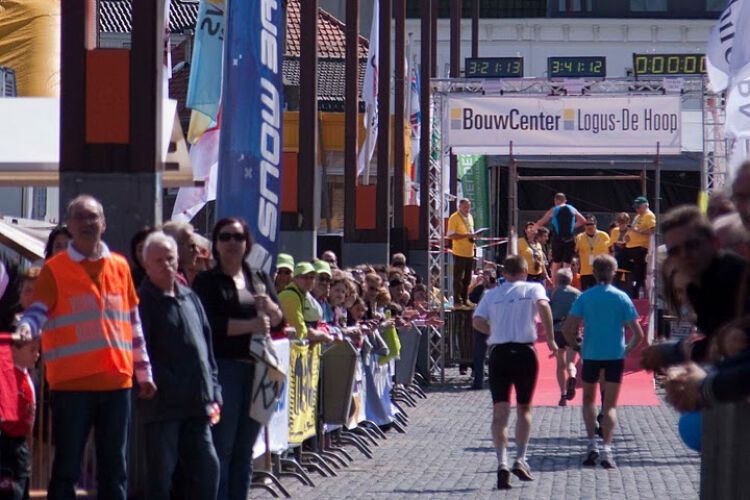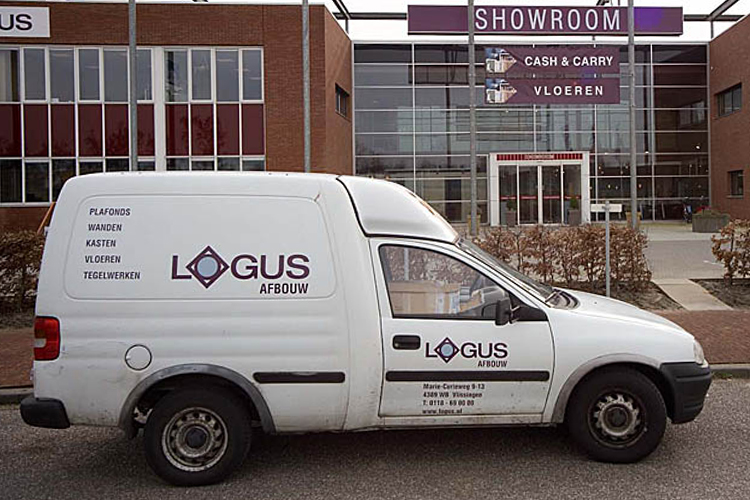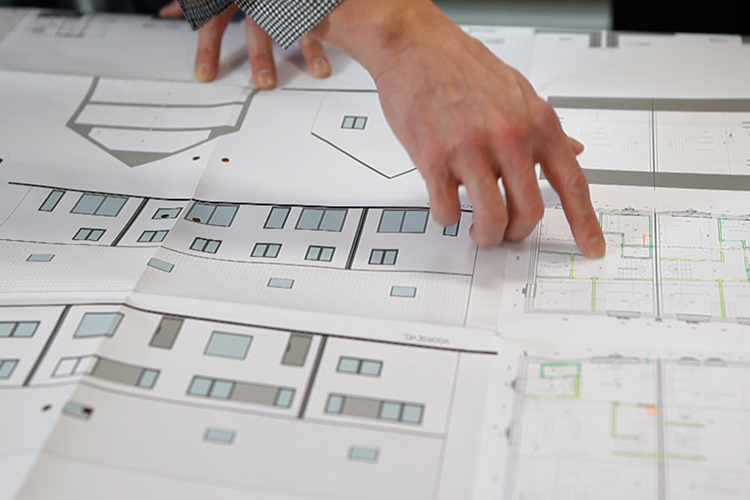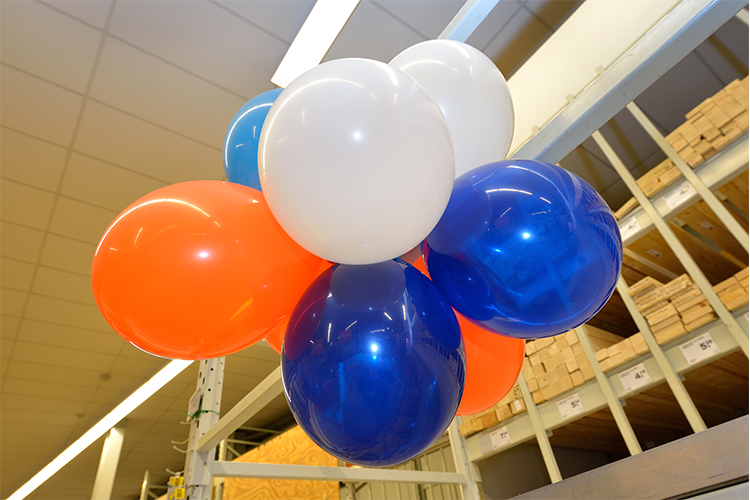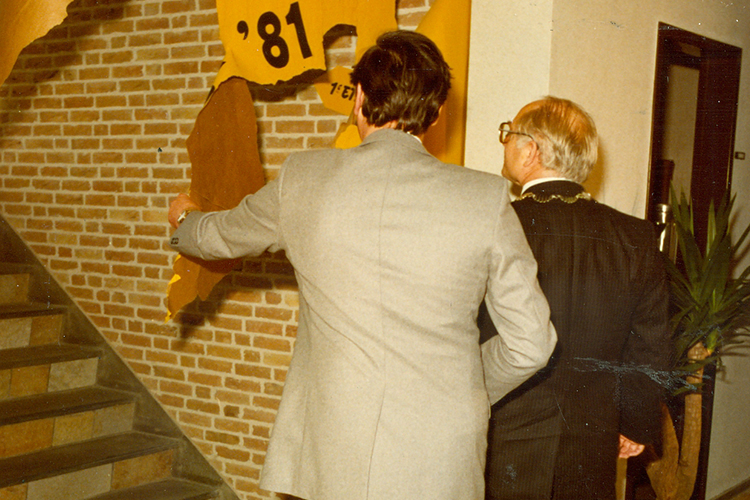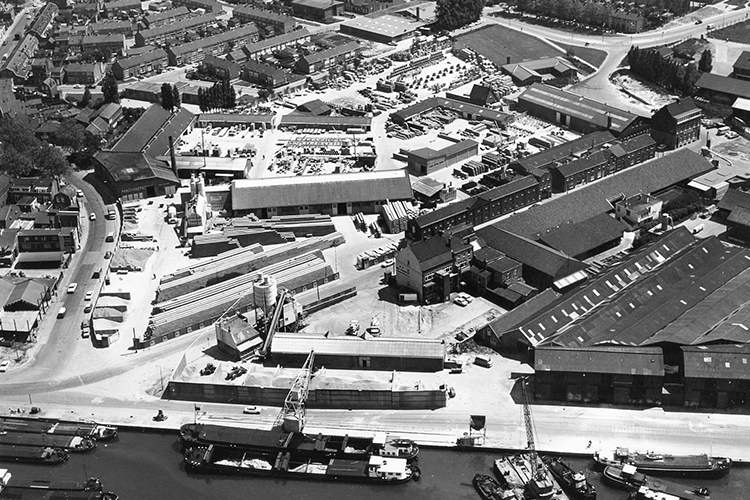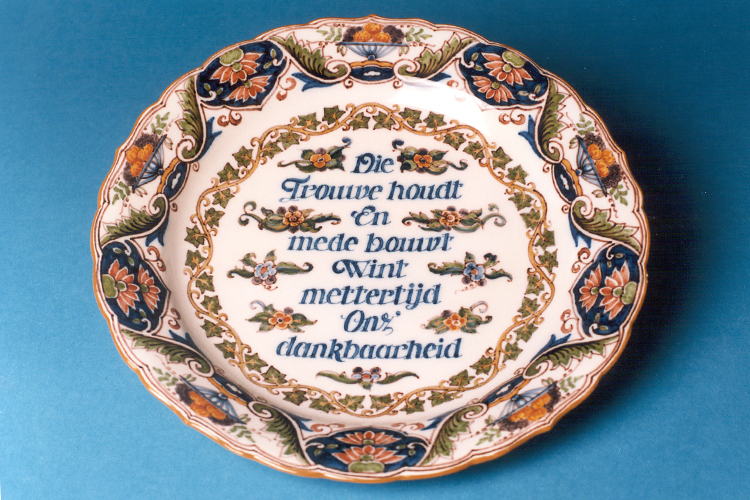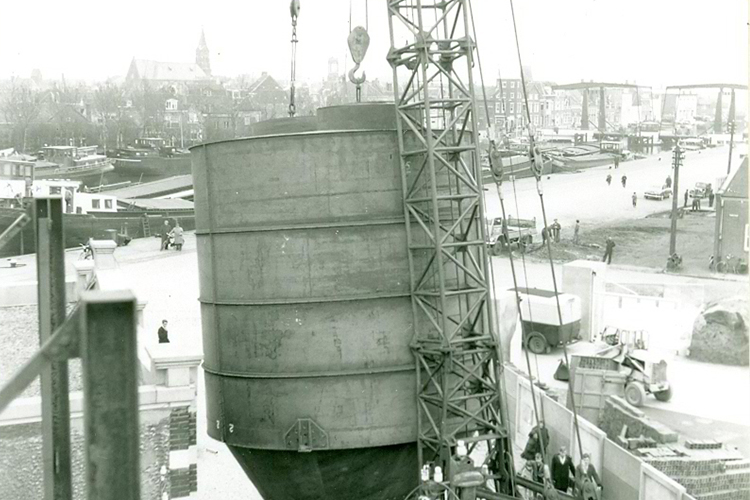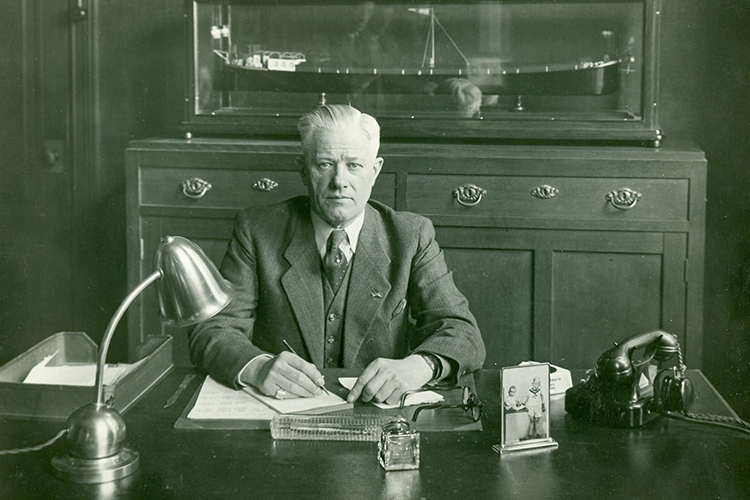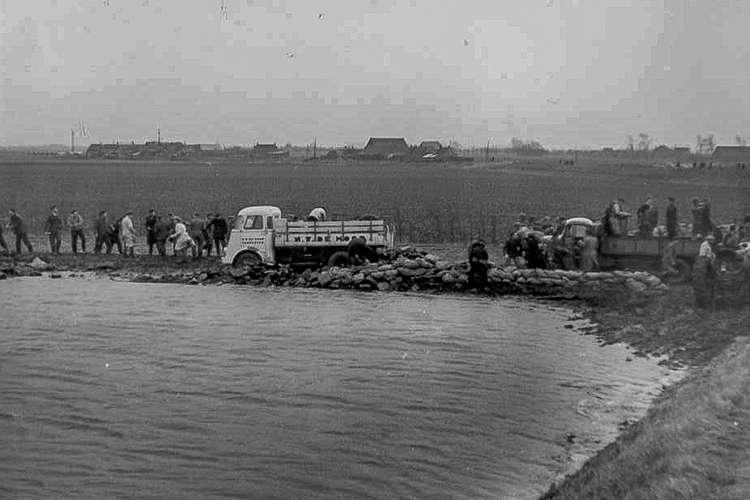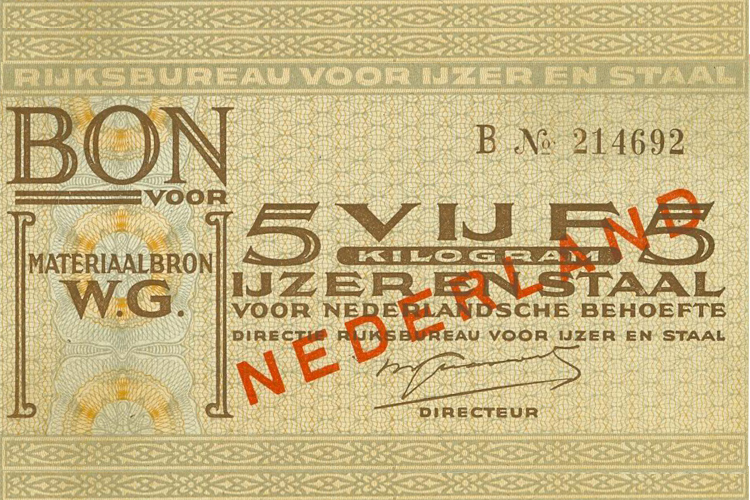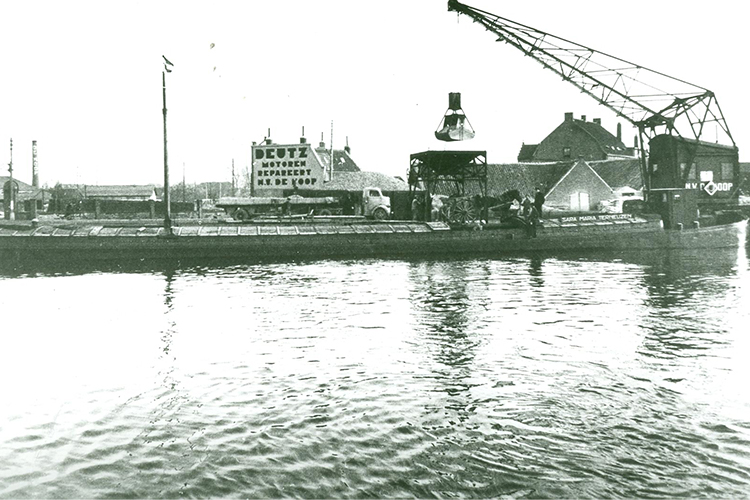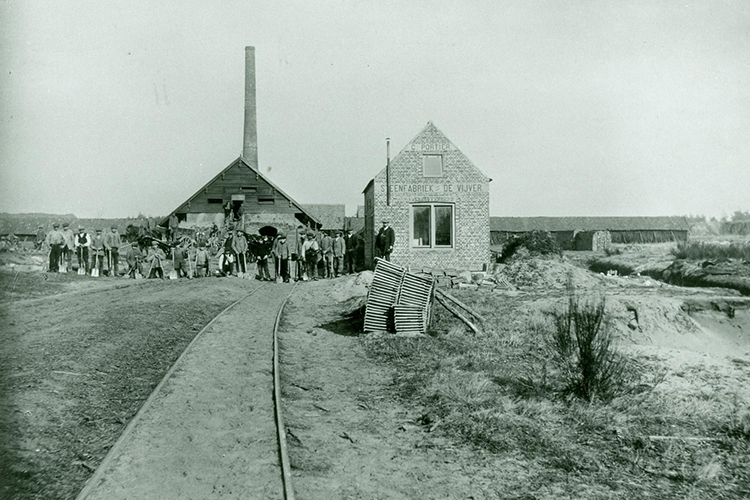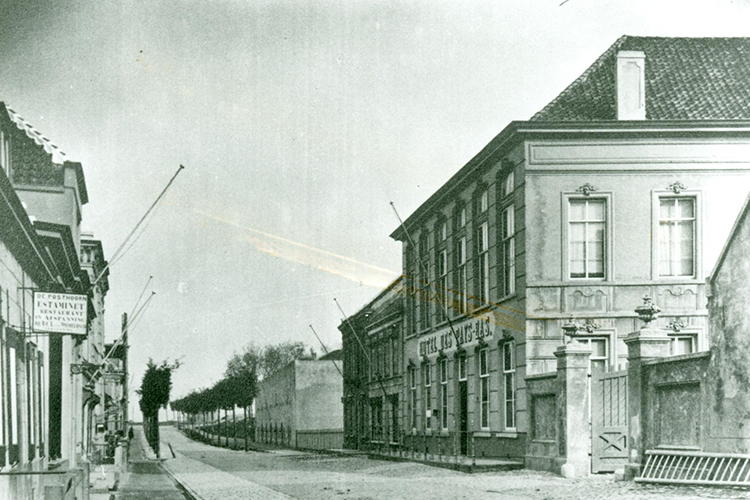A supplier to the construction industry with a rich history
De Hoop Terneuzen has been around for over 100 years now. A milestone. And that’s not just because of our top-notch products and services. It’s also – and it’s mostly – because of our countless craftsmen who give the best of themselves every day, so that we can continue to grow, expand and innovate as a supplier to the construction industry. That enables us to keep standing out from the competition. Motivated employees who roll up their sleeves to achieve our goals, with passion for construction, loads of ambition and a sense of responsibility. Our group can look back on a fascinating history. Here, we tell the story of a family company from Zeelandic Flanders, in which 4 whole generations have helped build our success.
